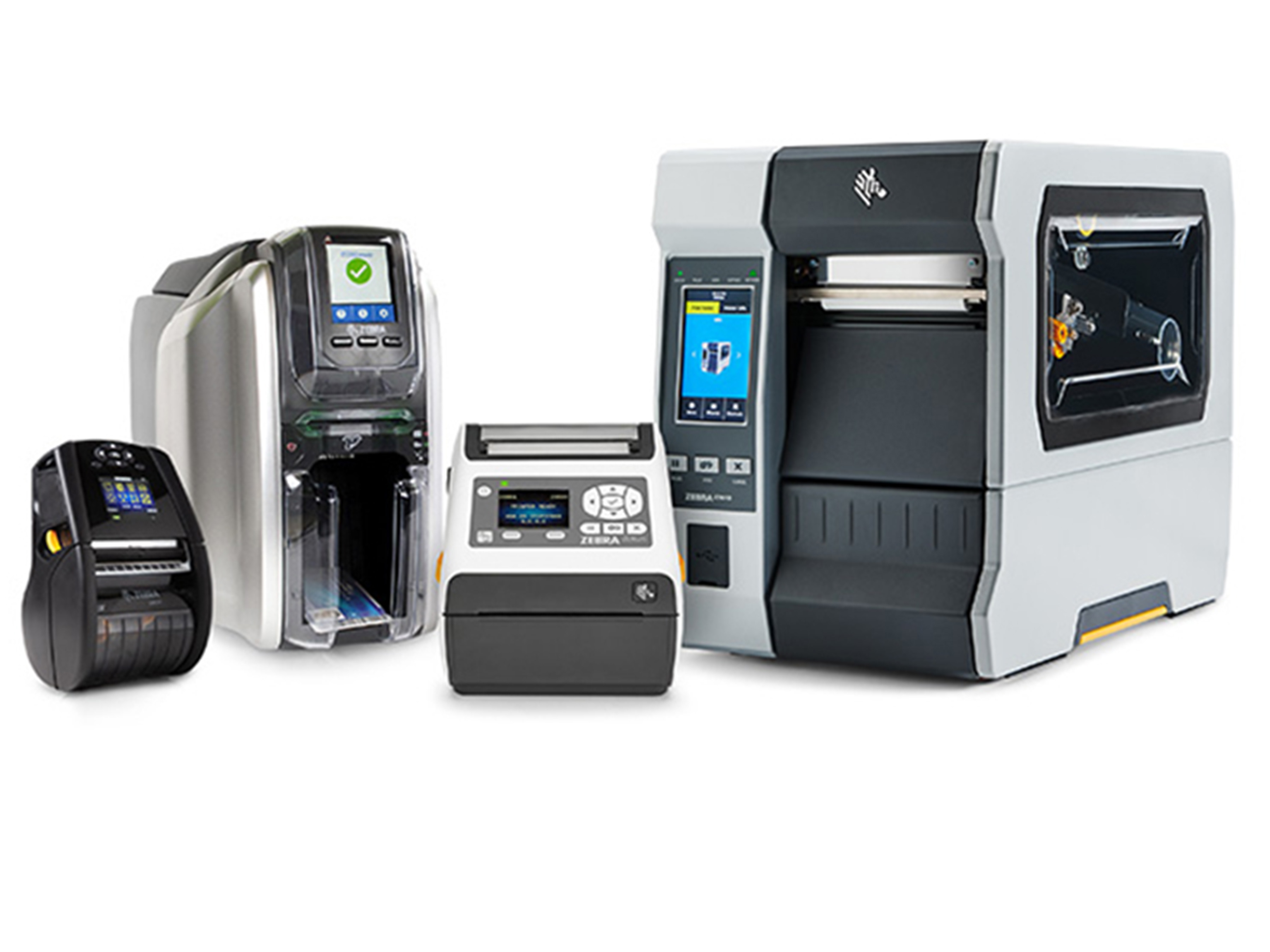A quick primer example: Writing about Bits, Bytes, Words, and how to notate effectively.
I am using two very effective Nybble characters "5" hex (5h), and "A" hex. 5 = five, A = ten.
{Hex character F (1111b) being the character before a carry, is fifteen in "base-10" terminology, which we want to avoid talking "base-10" but think in terms of Hex Counting instead..}
okay:
1 hex char = 4 bits. Ah = 1010b ( A Nybble/Nibble )
2 hex char = 8-bits )byte / octet(. 5Ah = 0101 1010b
4 hex char = 16-bits (DWORD / word). 5A5Ah = 0101 1010 0101 1010b
so... for 2 words written in RFID:
5A5A 5A5Ah = 0101 1010 0101 1010 0101 1010 0101 1010b ( note: this is a 32-bit variable - like 1/2 of the Reserved Memory bank for example ).
{ FYI: notation in this message: ####b == binary data, ####h == hexidecimal data ; for ease of reading - every 4 #### is spaced in writing to allow for readability. -- Try not to do this on Demo apps though - they may get confused, and avoid doing this in Excel / CSV files.
So.... Readable vs Demoable:
E200 3A4D 00FD 0000 1111 2222h = 'E2003A4D00FD000011112222' when you see this in 123RFID Mobile for example { minus the single quotes of course...}
I hope this helps.


0 Replies